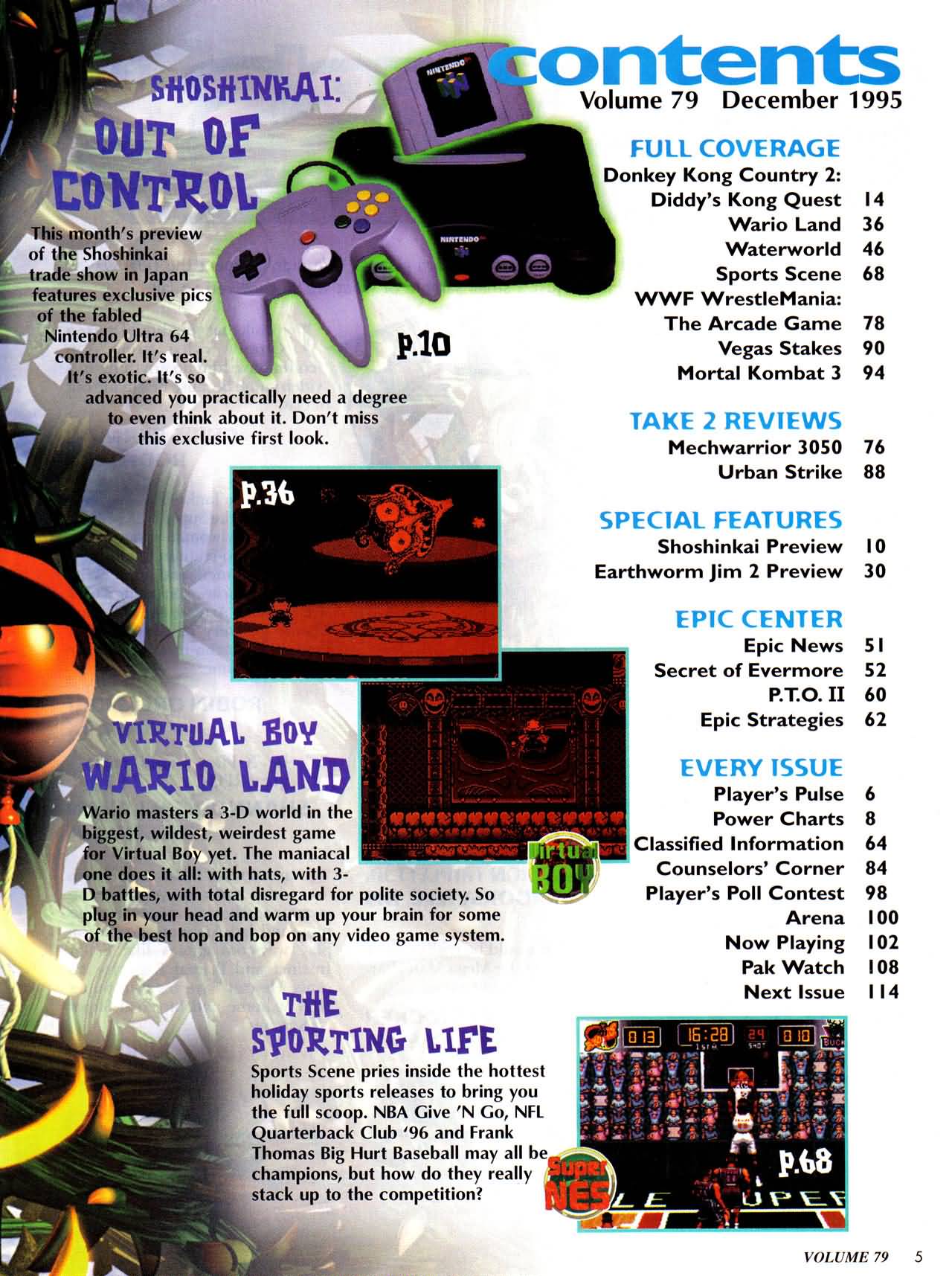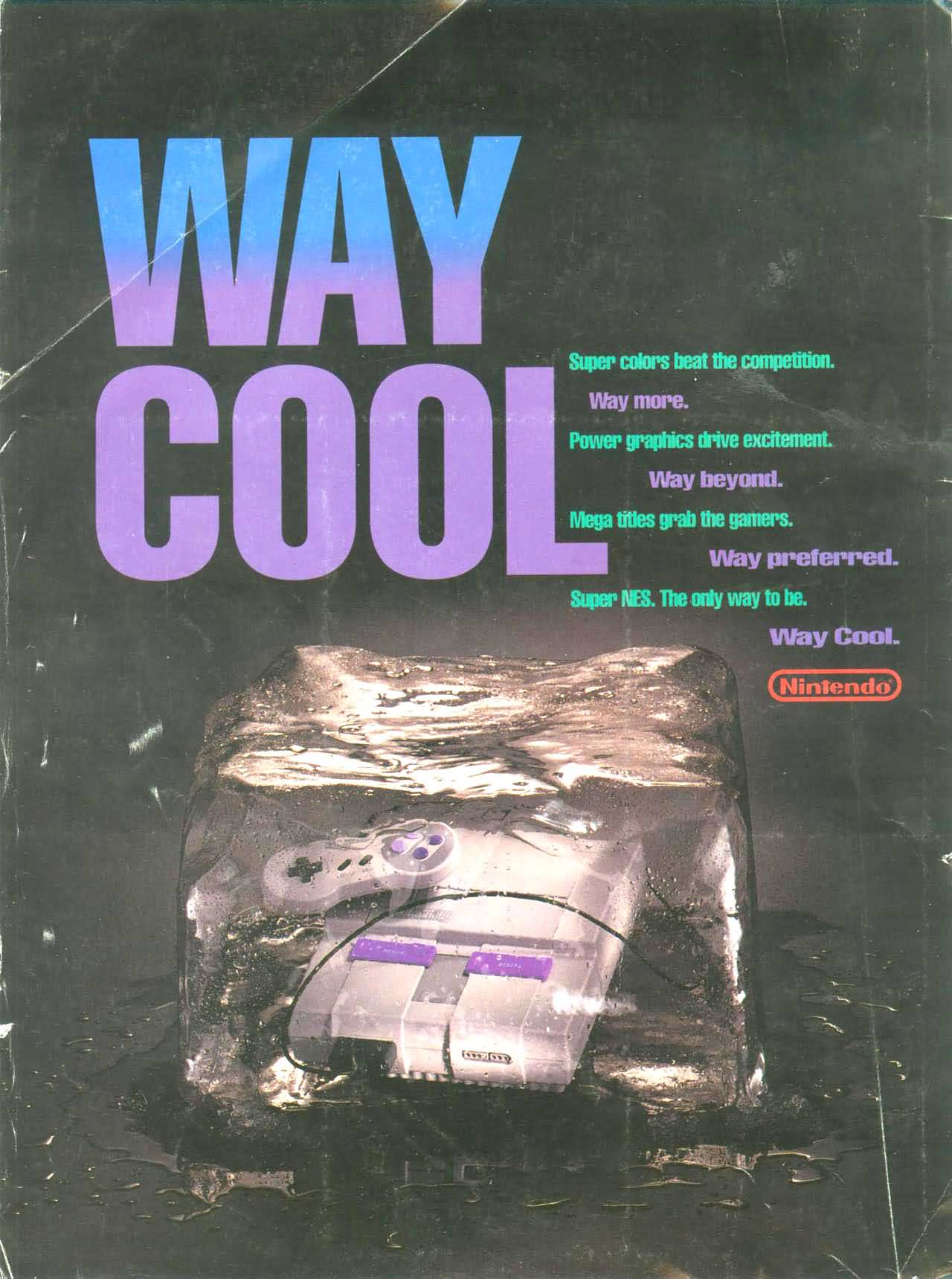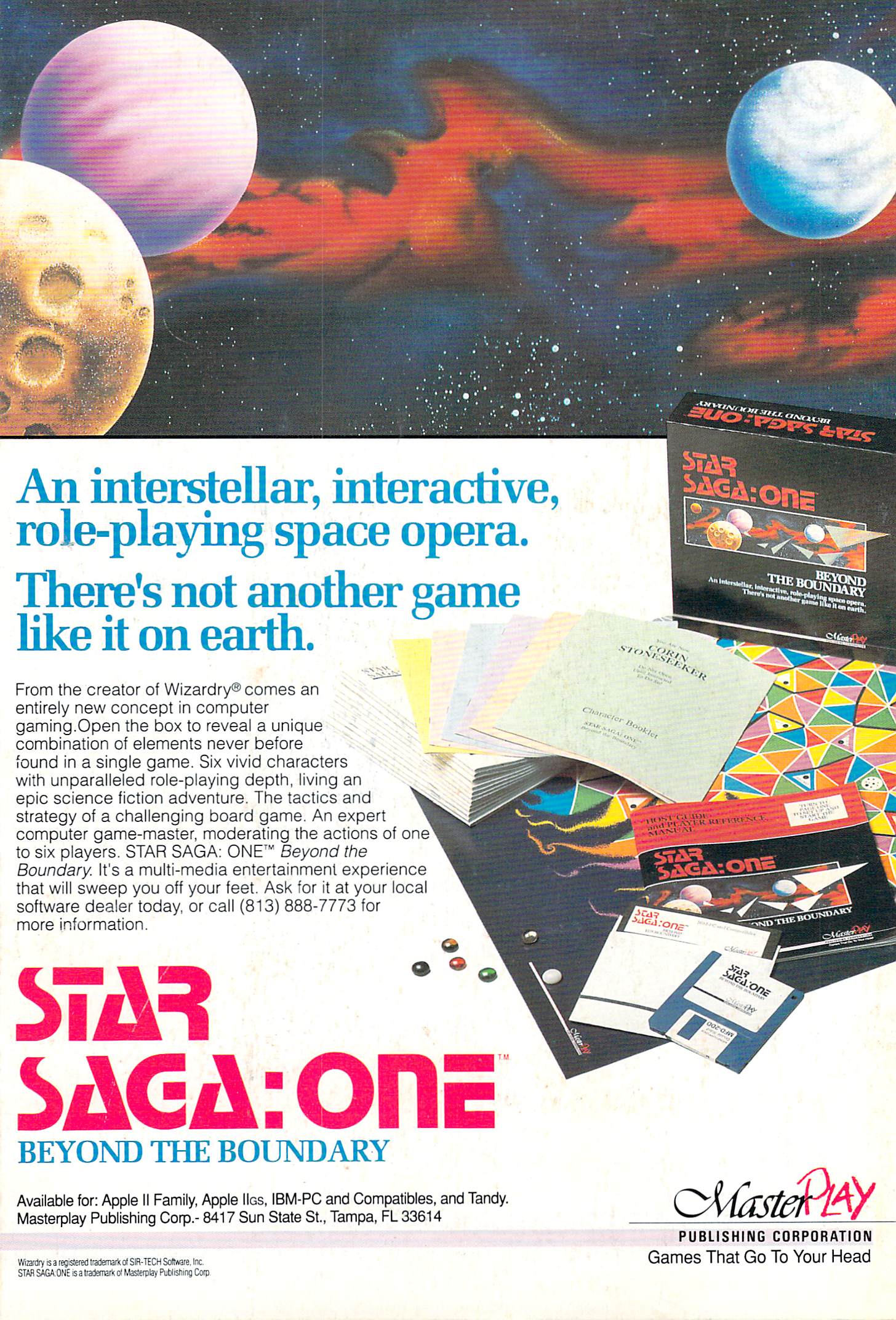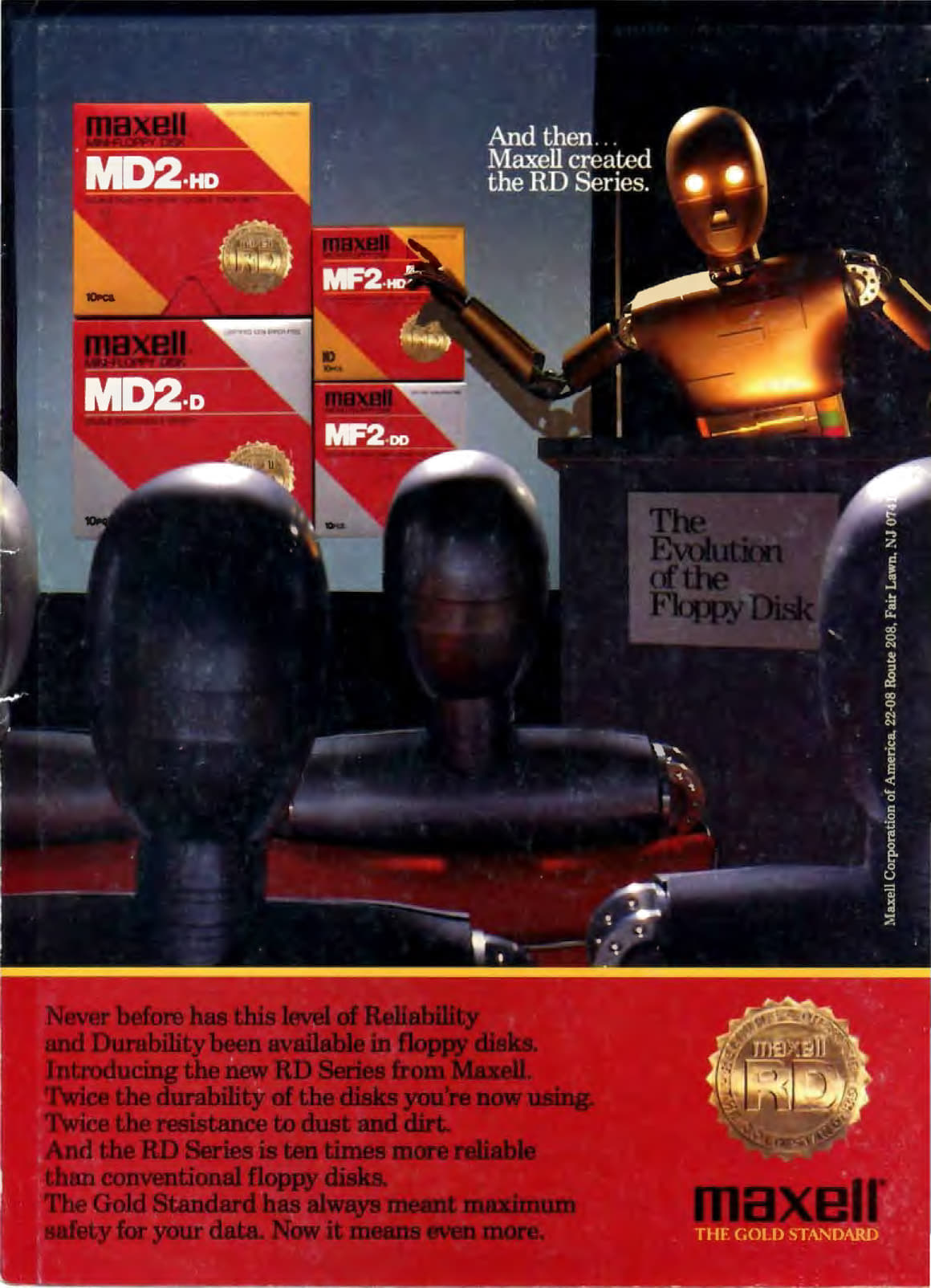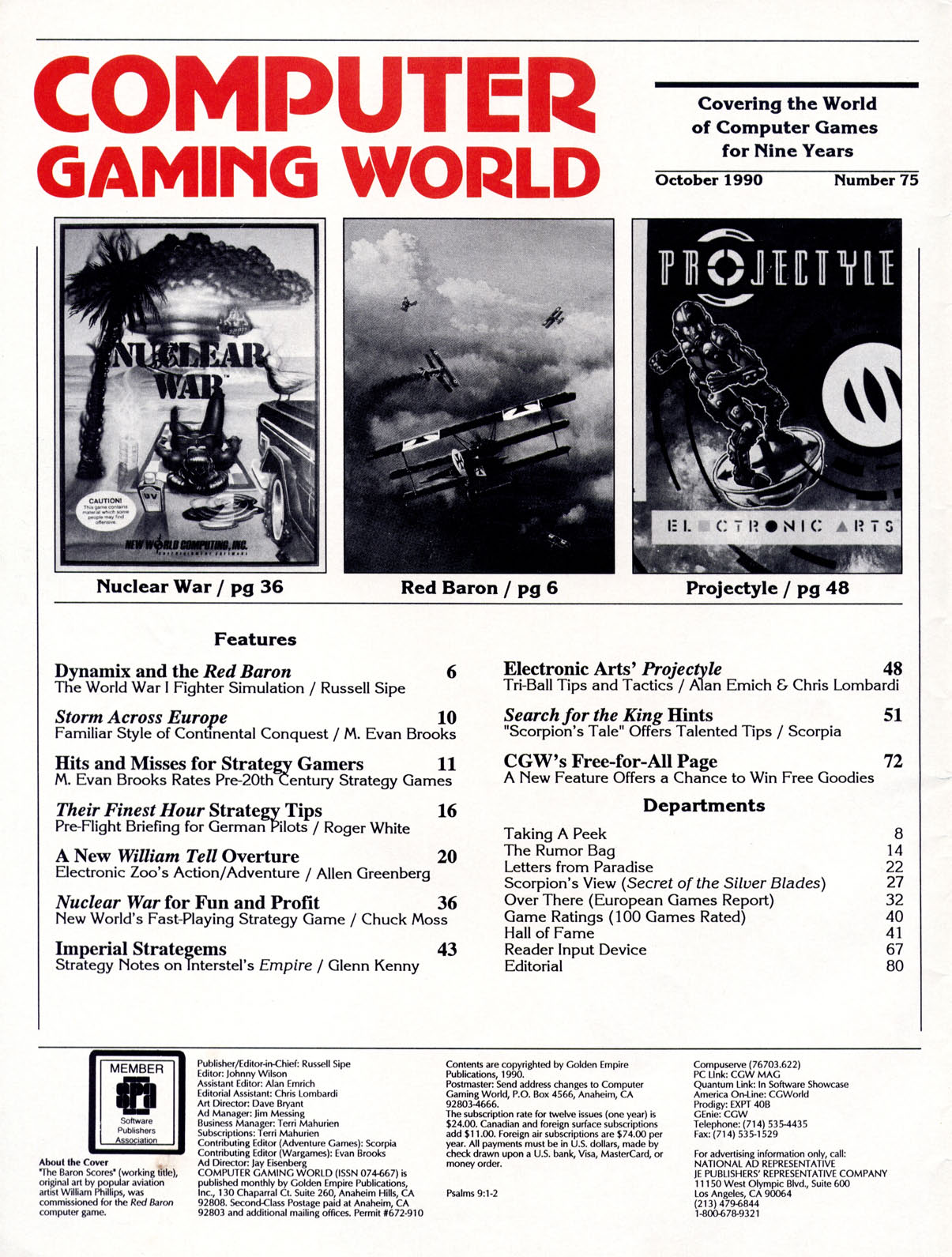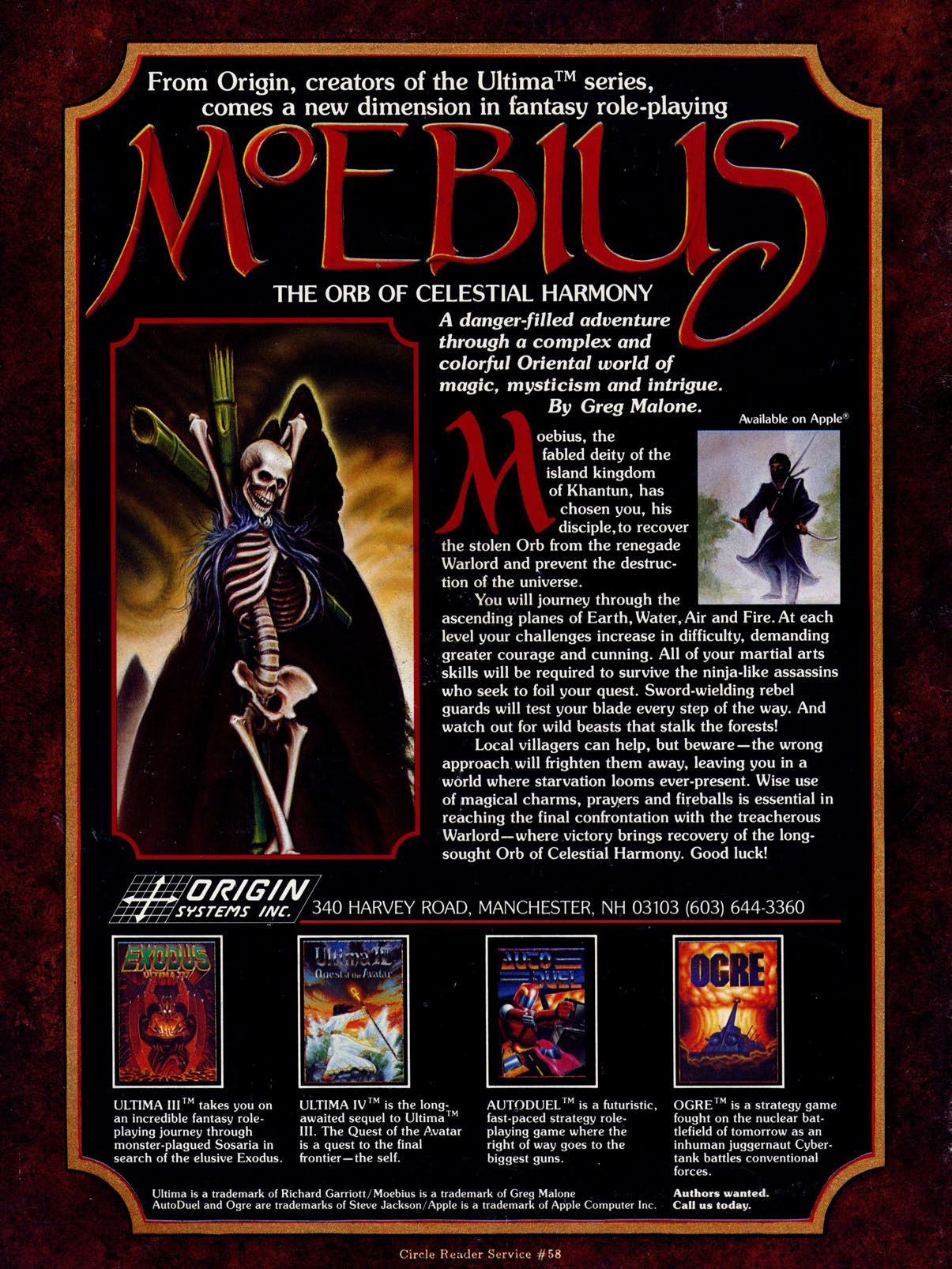For most of the 1980s and 1990s I would say there were two big PC oriented magazines in the U.S. Those would be PC World and PC Magazine. There were plenty of other but of those dedicated specifically to the PC, these were probably the most well known. In 1983 it may not have been a forgone conclusion that the IBM PC would set the standard for decades to come but but the writing was already on the wall. You could tell by the sheer amount of advertising which was a pretty good measure at the time of popularity. This issue of PC Magazine from February 1983 approaches 500 pages in length. It's hard to conceive of a monthly publication having that many pages today. Many of those pages were of course ads. The contents of this issue includes:
Cover Story
- The Tale Of The Mouse - In 1983, the mouse was not yet standard equipment on PCs. This article gives a history of the device and enumerates its benefits.
- VisiOn, A Mouse On The Digital Desktop - VisiCorp, the company famous for creating the first spreadsheet program VisiCalc, introduces Vision, a software/hardware package that include a mouse and software that makes use of it. "Rather than requiring you to memorize lists of commands, VisiOn lets you indicate what you want by pointing a small arrow on the screen at various items on the menus...".
Software
- Personal Finance Programs For The PC - A look at various finance programs deigned to help balance your budget. Packages looked at here include Personal Computer/Personal Finance Program, Home Finance Program, and Home Budget Program. Naming sure wasn't very original...
- Five Financial Programs For The Home - More software to help you keep track of your finances that are a little more advanced than the above. Software reviewed here includes Bonus Accounting System, Financier Personal Series, FMS II, Home Accountant Plus, and Money Maestro.
- Eight General Ledgers For Small Business - Running general ledger software was one of the main uses of personal computers for business uses in the early days. Eight different such packages are looked at here including General Ledger 2.0, BPI General Accounting, Datasmith Bookkeeping System, General Ledger System, General Ledger, General Ledger By Peachtree, Peachtree Series 4, and Versaledger II.
- Expanding Your Printer's Horizons - A look at a program called Sideways which was basically a program that let you print in landscape mode.
- Five C Language Compilers - I still program in C today. Here's a look at five C compilers from before I knew anything about programming including C88, c-systems C, Ci-C86, Telecon C and SuperSoft C. Included are benchmark numbers like compile time, runtime, .exe file size and more. Comparisons are made to IBM Pascal, IBM compiled BASIC and interpreted BASIC. It's interesting to note that at the time, the runtime of compiled BASIC and Pascal programs was faster than compiled C programs.

Table of Contents from the February 1983 issue of PC Magazine
Hardware
- Hard Disks Made Easy - A comparison of two removable hard disk systems. The 3.9-inch Tecmar and the 5.25-inch Genie. Both featured 5MB of storage per cartridge. The drives ranged from $1795 to $2295 and the cartridges were $90 to $119 each.
Programming
- Kaleidoscope - PC Magazine may not really be remembered for its type-in programs but it did have some in its early days. Included here is a BASIC program for creating a kaleidoscope display designed to be a programming tutorial.
- How To Build A Computer Maze - A tutorial for creating a maze including a type-in maze game in BASIC.
PC Arcade
- The Organization Man Meets Pac-Man - Reviews of PC games including Executive Suite, Cosmic Crusader, Crossfire, and Snack Attack II.
Legal
- Trading Secrets - An article on protecting...and revealing trade secrets.
Finance
- Making Tax Write-offs Your Business - Ways to make your computer purchase a tax write-off.

Table of Contents from the February 1983 issue of PC Magazine (continued)
IBM Eye
- Anatomy Of A Colossus, Part II - The second part of a look at IBM's history and its role in the personal computer market.
Education
- How To Start A User Group - User groups were a pretty big deal before the age of the Internet. I never really belonged to one but there was a small group of local BBS users and sysops that I would hang out with sometimes in the early/mid 1990s.
PC Fiction
- EPICAC - Science Fiction writer Kurt Vonnegut, Jr. writes about a computer that falls in love.
Book Exerpt
- Games, Hypergames, And Metagames - Chapter five of a book called The Electronic Cottage. It investigates some of the uses for computers in games.
Reader's Turn
- Quest For The Ideal Language - One person describes their ideal computer language. In this case it turns out to be FORTH.
Departments
- From The Editor's Screen - An editorial on how the future is now.
- Letters to PC - Letters from readers about a review of Personal Review, careers in computing, tips for buying a computer, misleading advertising, Dbase II, Vocab Teacher, local networks, Easywriter and the NEC 3550, Wordstar, MicroPro, and more.
- To All From Ahl - Programming "today" vs. programming in the 50s, 60s and 70s.
- PC-Communiques - The latest news, etc. from the computer world including walking robots, IBM to build PCs in France, IBM invests in Intel, farmers pick Farm Management System as best software for farmers, IBM donates computer equipment to schools, CP/M-86 price drops, and more.
- PC Tutor - Questions answered about clearing the screen, displaying superscripts and subscripts, using Intel's 8087 math co-processor, using a RAM-disk, using single sided disks on a double sided drive and more.
- Club News - News from various user groups and BBSes around the country.

Back cover of the February 1983 issue of PC Magazine
Read more: https://www.megalextoria.com/wordpress/index.php/2023/10/31/pc-magazine-february-1983/


